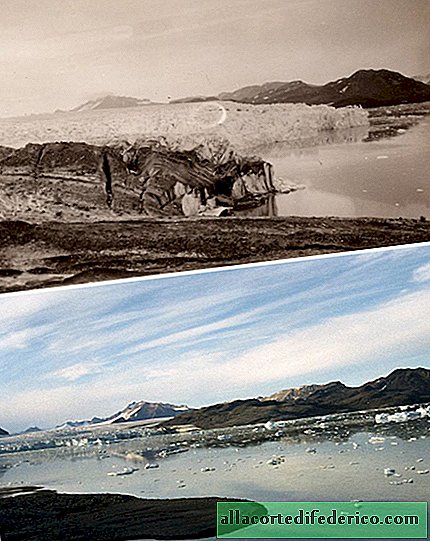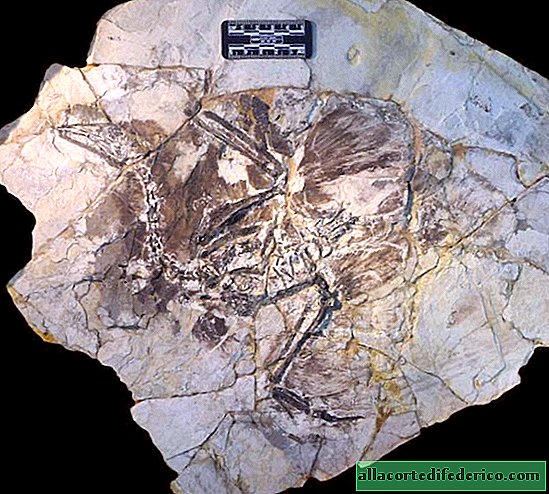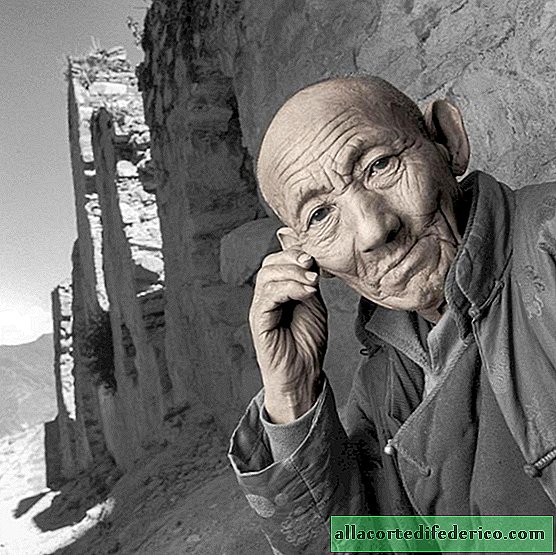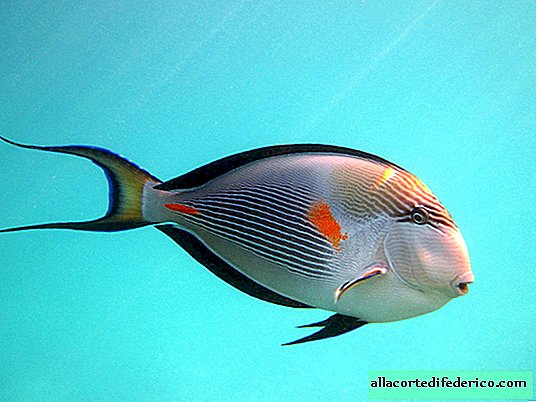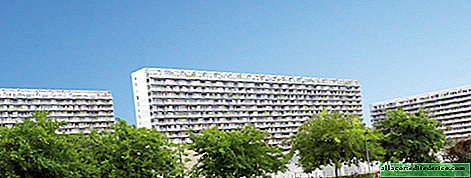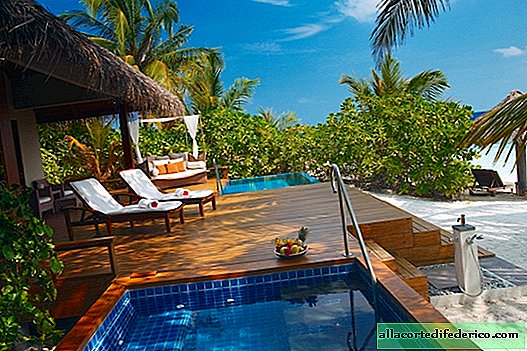Why do travelers feel worse in the humid jungle than in the desert
Many tourists with rich travel experience and dozens of trips behind them have noticed that their health in the Egyptian desert is better than in the jungle of India or Vietnam. But at the same time, the air temperature in the desert is often higher than in tropical thickets. What is the reason for this difference?
The reason lies in the physiological processes associated with thermoregulation. When a traveler enters a region where the ambient temperature is much higher than comfortable for our body, the thermoregulation mechanisms are activated. In humans, as in many other mammals, one of the most effective ways to lower body temperature is to evaporate liquid from the surface of the body through perspiration. And this method works great in hot, dry climates, but not in the humid and stuffy jungle.
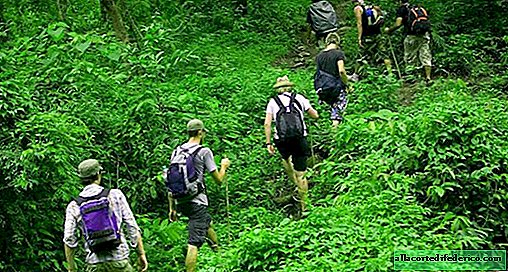
Heavy rainfall occurs in the equatorial forests every day, and regularly occurs in the tropics during the rainy season. Moisture-saturated soil and foliage of plants at high temperatures actively evaporates moisture. For this reason, the relative humidity in these regions reaches 80-95%. At the same time, in deserts, this indicator barely reaches 10-15% in the daytime and increases to 30-50% at night.
Evaporation in air, which is 90% saturated with water vapor, practically does not occur, and the sweating process is ineffective. At the same time, in the desert, where the air is very dry, the body, by evaporating excess moisture, is able to maintain a comfortable temperature even at higher air temperatures than in a humid forest.





